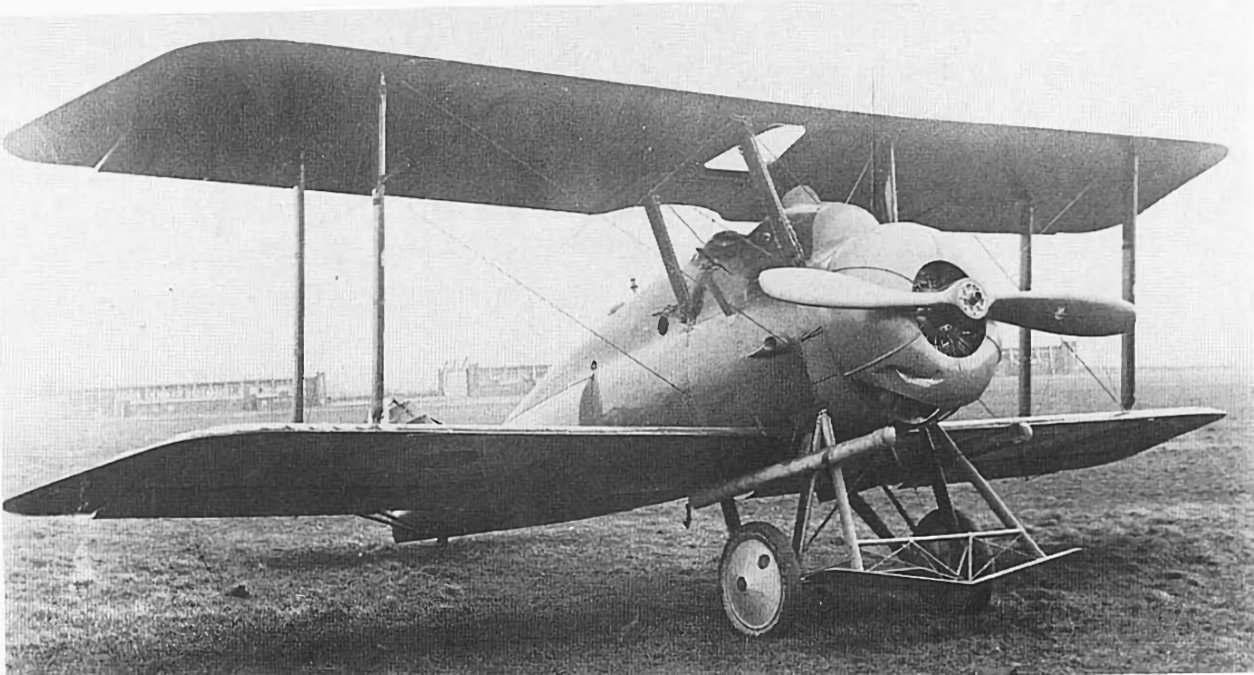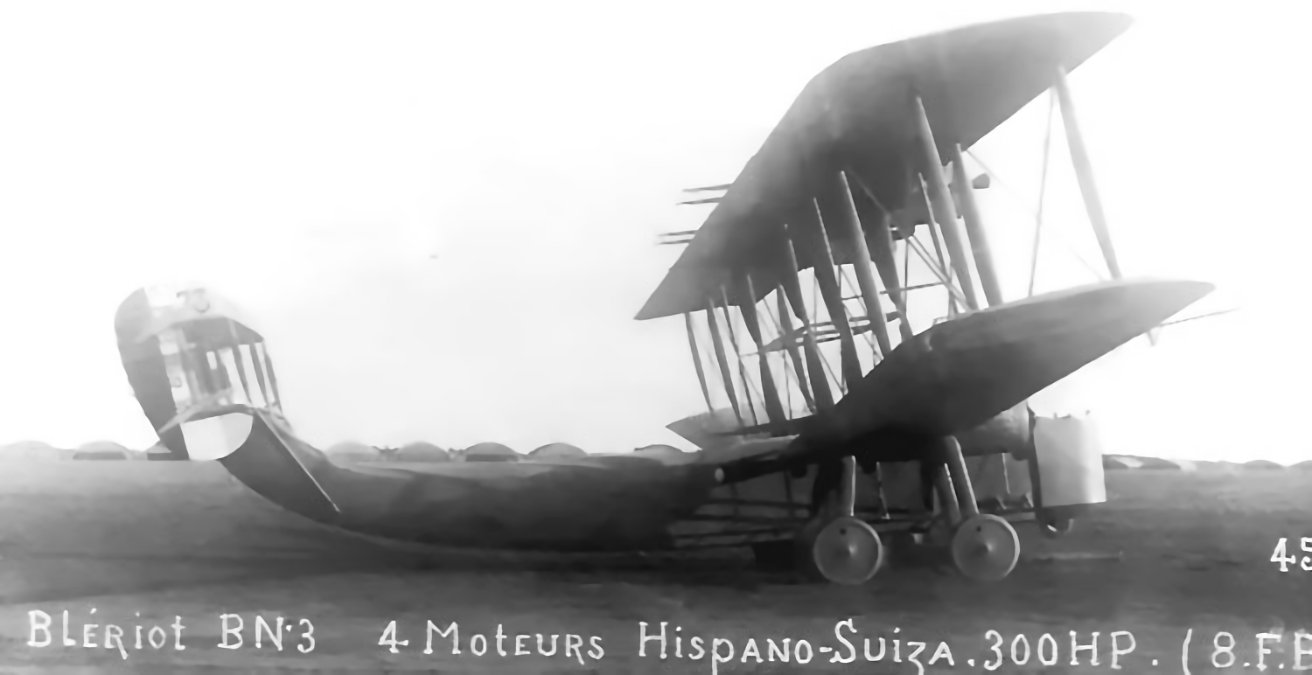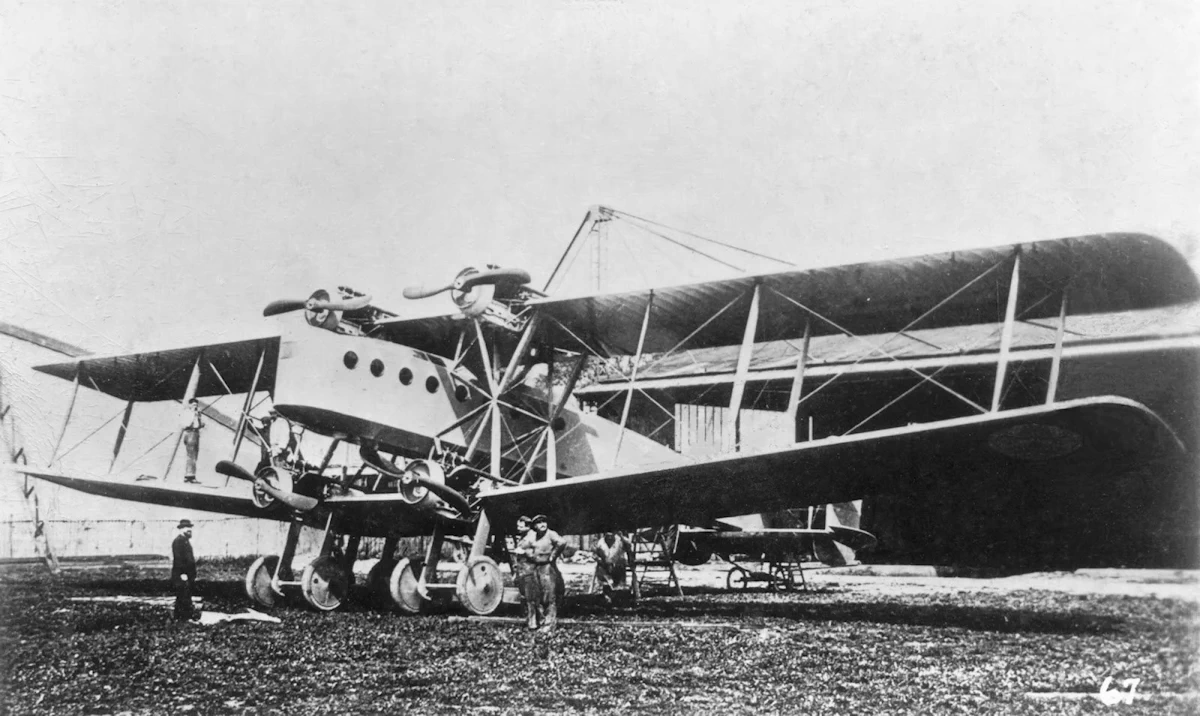Tag: aeroplane
-
Parnall Panther

The Parnall Panther was a carrier based spotter and reconnaissance aircraft designed for use from British Royal Navy aircraft carriers. The first Panther N91 prototype first flew in 1917. An initial order of 300 aircraft was made, however this was reduced to 150 with the end of World War One. Parnall’s management rejected this reduction,… Read more
-
Blériot 73 French Bomber

Blériot 73 French Bomber First flying in July 1918, the Blériot 73 was a four engined French bomber with the fuselage suspended from the lower wing. The four engines were placed as close as possible to the fuselage, with two on the upper wing and two on the lower wing. The Blériot 73 disintegrated during… Read more
-
Blériot 67 French Bomber

Blériot 67 French Bomber The Blériot 67 was a four-engined French bomber from the First World War. The four engines were placed as close as possible to the fuselage in a rectangular pattern. The fuselage was suspended midway between the two wings. The bomber crashed on landing during its first flight on 18 September 1916… Read more